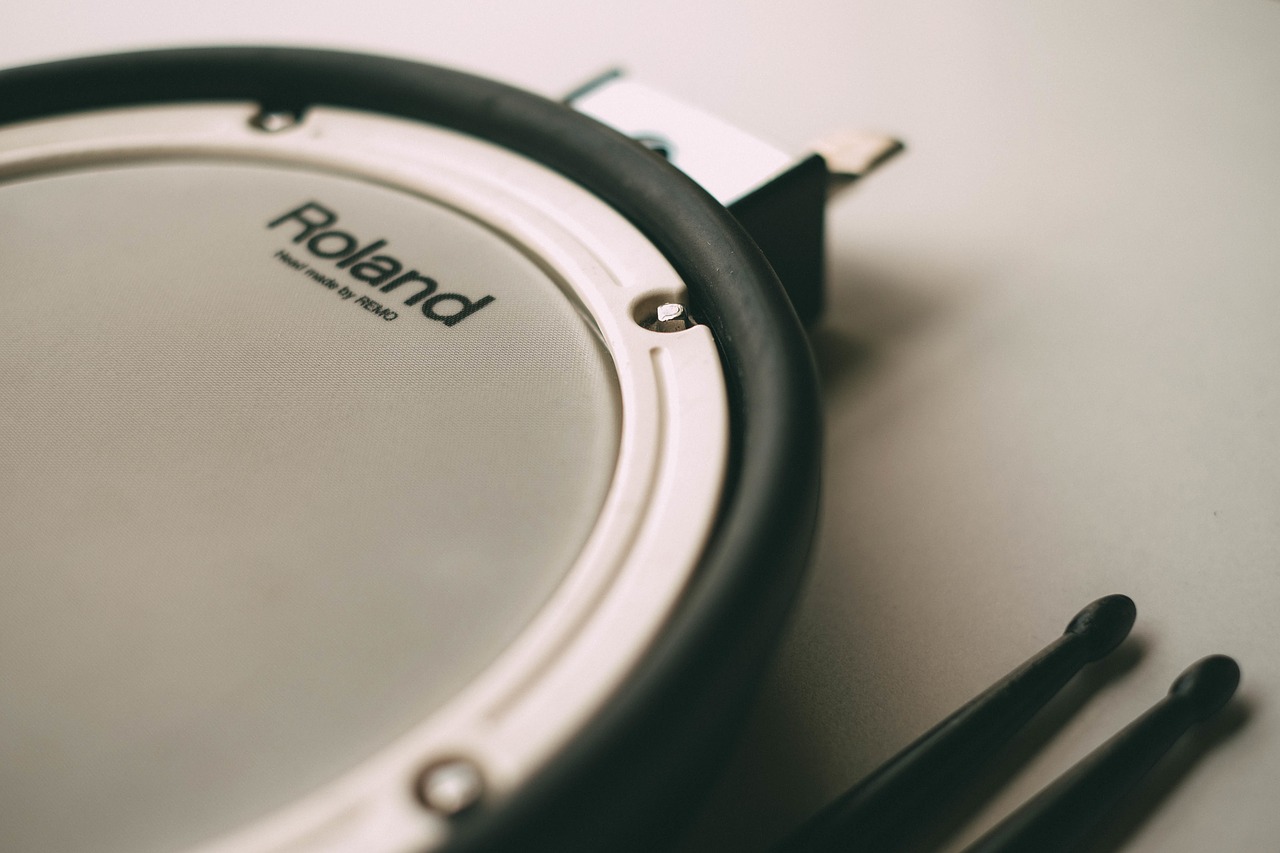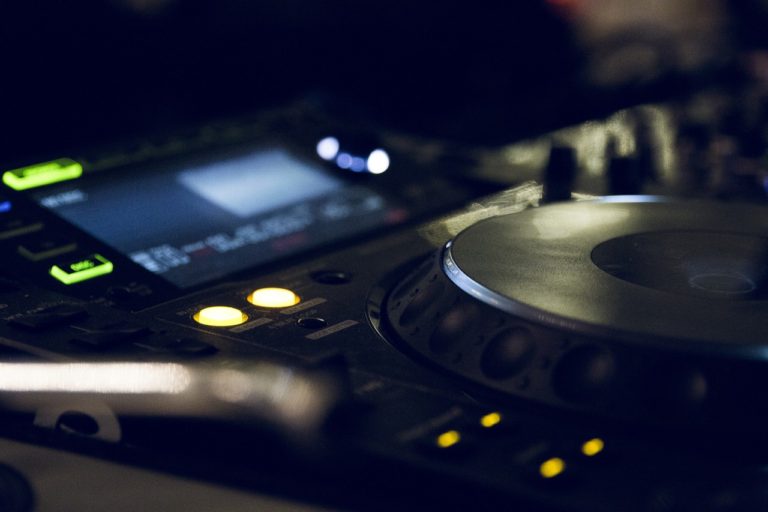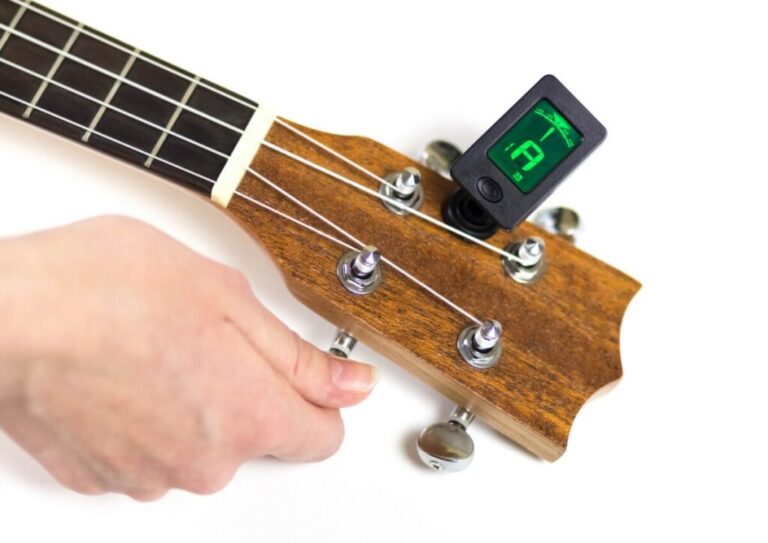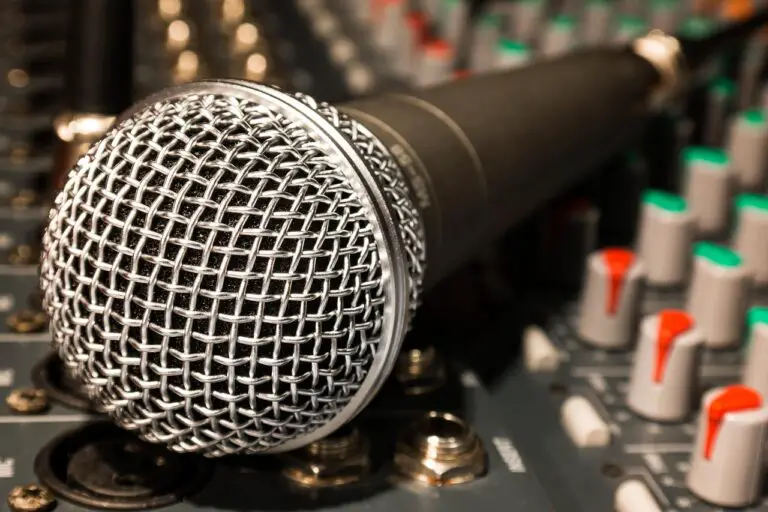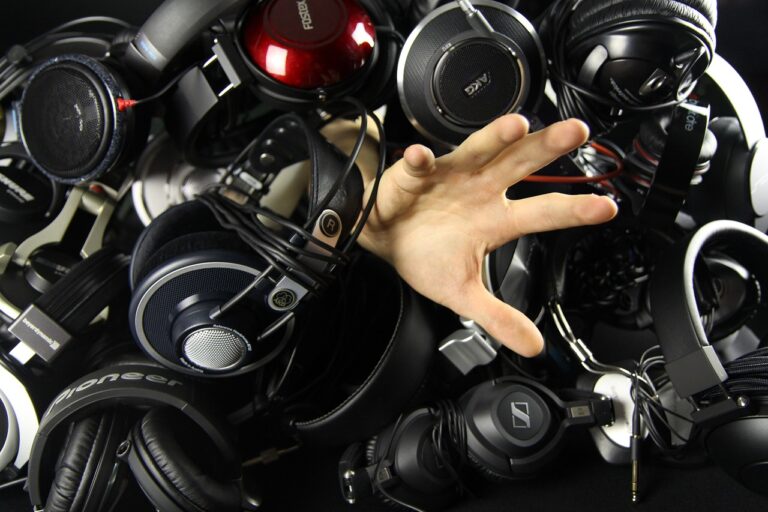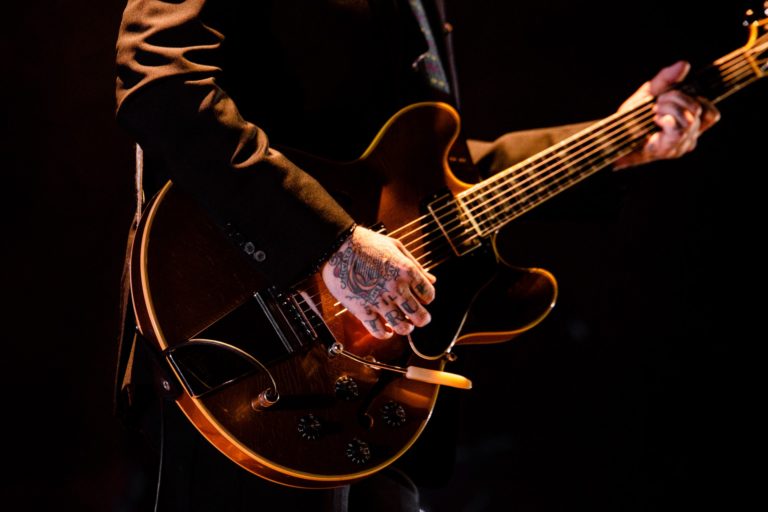How Do Drummers Read Music?
Have you ever wondered how drummers read the music they play? Playing music is a fascinating and beautiful talent that people hold, but for anyone wanting to learn an instrument or play a song for the first time, they have to learn how to read the notes. So, how do drummers read music?
Drummers read music by looking at drum notations rather than traditional sheet music. Drum notations are similar to sheet music but have different symbols that note which drum to hit and hit during a song. In most cases, drummers will learn a song listening by ear rather than reading music on a page.
Reading music for drums seems complicated, and it can be. However, this article seeks to make it easier for you. Keep reading to learn about the differences between drum notations and traditional sheet music, what the different symbols on drum notations mean, and how many drummers learn to play a song by ear.
Sheet Music vs. Drum Notation
One important thing to keep in mind is the difference between sheet music and drum notation. These two seem very similar and get confused because they look the same. Some drummers will use sheet music, but using a drum notation is more common. In sheet music, the symbols on the staff represent different notes. On a drum notation, each symbol on the staff stands for a specific part of the drum set.
The staff is the base of each music sheet or drum notation. It is a set of five horizontal lines that are equally distanced and joined together by bar lines. Different symbols sit within, below, or above these lines, and that’s how they direct and communicate the music.
In a drum notation, the staff is read from left to right and top to bottom. Between each line is the measure, so there are five horizontal lines and therefore four measures.
What Do the Symbols Represent on Drum Notations?
First, for drummers to play correctly, they have to know each part of the drum set because all of the pieces have specific symbols. Different parts of the drum set include:
- Bass drum
- Snare drum
- Floor or low tom
- Tom 1 or high tom
- Tom 2 or mid tom
- Hi-hat cymbal
- Ride cymbal
Here’s a video version of different parts of the drum set.
Each symbol on a drum notation, placed on a different staff line, represents other drum set parts. A quarter note (♩) and a ghost note—a quarter note where the oval at the bottom of the note is replaced with an x—are the two most commonly used notes in drum notations.
Essential Ghost and Quarter Note Placements for Drummers
Here are some essential quarter note placements and what they mean for drummers:
- A quarter note on the most bottom measure is the bass drum.
- A quarter note on the 2nd measure from the bottom is the floor tom.
- A quarter note on the 3rd measure from the bottom is the snare drum.
- A quarter note on the top measure is the tom drum 1.
- A quarter note on the 2nd horizontal line is tom drum 2.
Here are the ghost note placements and what they mean:
- A ghost note on the first horizontal line is a ride cymbal.
- A ghost note right above the first horizontal line is a closed hi-hat.
- A ghost note with an oval around the x is an open hi-hat on the first horizontal line.
- A ghost note below the 5th horizontal line is the hi-hat pedal.
As you can see, each note corresponds with a part of the drum. When you see the specific note, you know which drum to play. The cymbals have an x note or a ghost note, for example. Drums have a whole note (the quarter note).
Reading Music Through Drum Notation vs. Listening by Ear
Since many drummers learn how to play by ear, you may be wondering why to bother learning drum notation. You can indeed succeed in just learning by listening, but learning drum notation is worth it. Drummers who know how to read a drum notation stand out!
Drummers who read drum notation stand out because they can look at a sheet of paper and know which drum to play at what time. Someone hiring may be looking for this skill, and certain gigs may have it listed as a requirement.
So it may not seem like anything special, but in the long run, it’s worth learning. It’s also not that difficult! And after drummers get the hang of reading drum notation, they won’t lose the skill.
How Do Drummers Learn Music by Ear?
While it’s valuable for drummers to read drum notation, it’s also great to learn and play by ear. It’s just as beneficial as drum notation. Learning by ear is called ear training; all musicians can use this form of training.
Drummers have to differentiate the different parts of drums in a recording to be able to play them. You can divide the recording into different sections or look at the song structure to make it simpler for listening. You can also make Notes about the drums used in each area, which will help organize the different beats and tunes.
Once drummers have their notes, they learn the individual parts. After finishing those parts, they put it all together, and they have the whole song and beat.
You know the saying, “practice makes perfect?” Well, once drummers practice some recordings and songs, they can learn quicker. They can differentiate the different parts of the drums at a faster speed than before.
What If Drummers Struggle Listening by Ear?
In some cases, especially for beginner drummers, trying to learn a song just by listening to it can be difficult. That is understandable and normal! Some pieces are more intense and strenuous than others; it can be confusing.
A solution to not capturing the beat from just listening is watching a person play the tune or song. A YouTube cover could work in a case like this.
You’re able to watch what the person does, and you can mimic it. After a few times, you might be able to get on track and grasp the beat by just listening. It is a process, and all drummers go through it; you have to be patient with yourself.
In some instances, you might be missing a specific part of the song. You could pick up almost everything, but there may be one part that you cannot match and play. In this case, you can look up a cover on YouTube and watch someone play that specific part.
However, if you know how to read drum notation, you can find a sheet and learn from there, too. You have options!
In Summary
Drummers are incredibly talented, as all musicians are, but you may have wondered how they learn and quickly pick up new music, regardless of the genre. Essentially, drummers learn how to read music through drum notation and by listening by ear. Both are valuable and helpful techniques. They both take time, patience, and practice, but that’s what it takes to be a drummer.
Keep it on Bythebarricade.com for tons of punk rock interviews, reviews, articles, and photos! Also, “Like” By the Barricade on Facebook to never miss a post.

